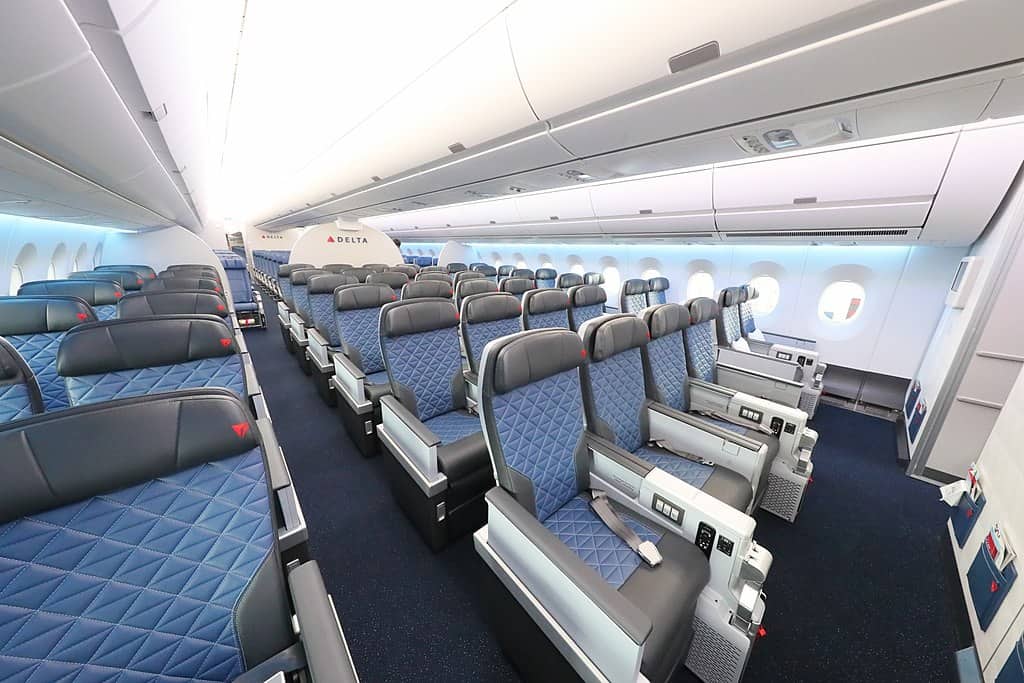1.2K
A particular row can be identified as the safest place on the plane, if statistical data analyses are anything to go by. However, you should not disregard the fact that in the event of an aircraft crash, the general conditions are also important.
Safest place on a plane: statistical evidence
For those who are afraid of travelling by plane, it rarely helps to point out that flying is one of the safest ways to travel. A greater sense of security is perhaps provided by the statistical evaluation of which seat offers the greatest chance of survival in the event of a plane crash.
- In fact, there is research and statistical data from the National Transportation Safety Board that aircraft mechanics have evaluated on this subject.
- The goal of the National Transportation Safety Board is to make air travel safer. To this end, accidents were investigated by the independent body and suggestions were made to improve safety.
- The data was analysed by the aircraft mechanics at Popular Mechanics. According to their analysis of crashes since 1971 – including listing the seat numbers of deceased and survivors – passengers in the rear of the plane would have a 69 per cent chance of survival.
- Those seated in the middle section of an aircraft have a 56 per cent chance of survival, according to the analysis. Passengers in the front of the plane had a 49 per cent survival rate.
- However, there were also five plane crashes where passengers in the front rows had an advantage. In three crashes, the seating arrangement did not matter at all. In one crash, the rows of seats could not be determined.
- In 2015, the Times Magazine added another study declaring the back middle rows the safest. The fatality rate there was 28 per cent in the event of a crash, and 32 per cent in the rest of the back row.
- Times Magazine analysed information from the Federal Aviation Administration database for this, which included 17 plane crashes between the years 1985 to 2000.
Flying mortality rate: Other circumstances
Already the Times Magazine has stressed in its article that the chances of survival in a plane crash depend less on the seat than on other factors.
- If passengers sit closer to an exit, they are more likely to be able to get out of the plane. This was shown in a 2008 study by the University of Greenwich.
- The circumstances of the crash would also play a crucial role in determining which passengers die and which may survive. It had nothing to do with the seat or the row of seats.
- For example, if the rear of the plane, the back part of the plane, took the brunt of the impact, then contrary to statistics, passengers in the front and middle rows would have a better chance of survival than those in the back rows.
- Many aviation safety experts therefore believe that there is no seat on the plane that is clearly safer than others.

